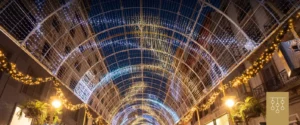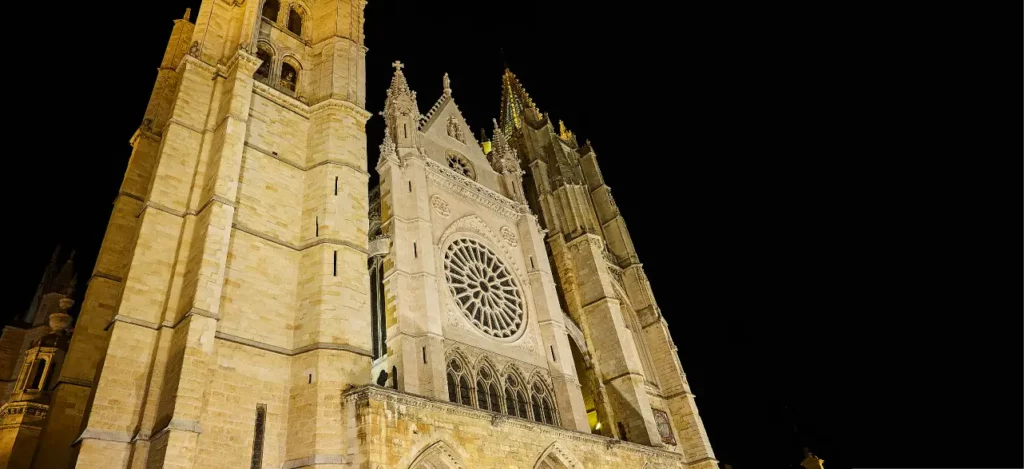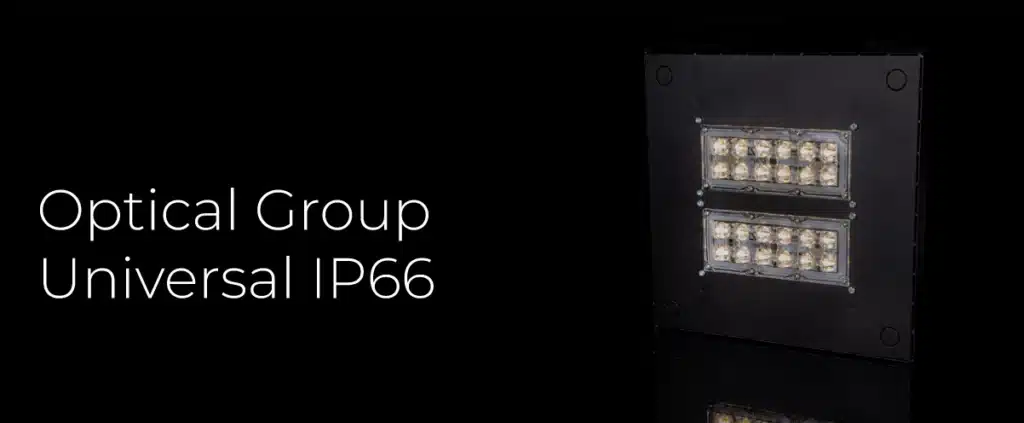Since 1988, with the introduction of the Spanish Act 31/1988 (Ley 31/1988) on the Protection of the Astronomical Quality of Canary Islands Institute of Astrophysics (IAC) Observatories, commonly known as the “Sky Act”, external lighting manufacturers have become increasingly aware of the polluting effects (as regards lighting) of different light spectra based on colour temperature, upper hemisphere emissions, type of light source, etc.
To complete our available options, when it comes to complying with the most restrictive regulatory conditions, we present the AVATAR solution with an AMBER diffuser option. The main aim of this solution is to filter the unwanted area of the spectrum to comply with regulations by taking advantage of the latest developments in the luminous flux of high-power ceramic-based 3535 LEDs. This makes it possible to increase the power of traditional lights with PCA LEDs, improve flux and optimise costs.
The advantages of the new AVATAR solution with an amber diffuser option include:
- For AVATAR 12 LEDs, we reach 2511lm, increasing 41% over max. flux; for AVATAR 24 LEDs, we reach 4922lm increasing 42% over max. flux; for AVATAR L 48 LEDs, we reach 9117lm increasing 35% over max. flux; and for AVATAR XL 64 LEDs, we reach 10461lm increasing 10% over max. flux.
- Thanks to the 152,8W AVATAR XL, our catalogue includes the highest luminous flux available for this spectrum.
- By incorporating the PC-amber filter, together with the high-power ceramic-based LEDs as a lighting component, we improve the flux capacity that the pure PC-amber LEDs deliver.
- This solution allows us to prevent potential shortages in the supply of raw materials caused by the component crisis.
- The PC-amber filter will allow us to market an IAC-compliant luminaire, as per the regulations of the Catalonia regional government and Andalusia’s spectral G index, and to access tenders where filtered tonality is required.
When we talk about light pollution generated by artificial light in very restricted terms and without considering technical complexity, we see it as how certain wavelengths in lighting systems interact with the surrounding environment and biodiversity.
To avoid this type of pollution as much as possible, we must adopt measures such as keeping light flows to the upper hemisphere to a minimum and optimising light emissions in the blue section of the spectrum (which experiences greater RAYLEIGH dispersion in clean air and MIE dispersion in air containing aerosols).
To create regulations that people can understand and that engineers and public officials can apply, Spain has several different regulations in this area, including:
- Royal Decree 1890/2008. Regulation on Energy Efficiency in External Lighting Equipment (in conjunction with the relevant Supporting Technical Instruction).
- Act 31/1988 on the Protection of the Astronomical Quality of Canary Islands Institute of Astrophysics Observatories.
- DECREE 190/2015, of 25 August, which implements Act 6/2001, of 31 May, on the Management of Lighting Systems to Protect the Nocturnal Environment. Regional Government of Catalonia.
- Act 7/2007, of 9 July, on the Integrated Management of Environmental Quality. Andalusia. In addition to the subsequent addition of the SPECTRAL G-INDEX.
All the above regulations, with small variations, limit the amount of “blue” in a lighting system’s colour spectrum and restrict how much light enters the upper hemisphere.
At PRILUX, we want to help you make decisions to comply with any of these regulations, both in new works and when replacing or maintaining systems that have already been installed. That is why we have created this compliance chart based on the characteristics of the LED used.
| LED | IAC | G-INDEX | DECREE 190/2015, REGIONAL GOVERNMENT OF CATALONIA |
| 740 | ZONES E3 AND E4 | ||
| 730 | ZONE E4 | ZONES E3 AND E4 | |
| 727 | ZONES E3 AND E4 | ZONES E2, E3 AND E4 | |
| 722 | WARM WHITE | ZONES E3 AND E4 | ZONES E2, E3 AND E4 |
| PCA | WARM WHITE, SUPER WARM WHITE AND AMBER | ZONES E1, E2, E3 AND E4 | ZONES E1, E2, E3 AND E4 |
| DIF.PCA | WARM WHITE, SUPER WARM WHITE AND AMBER | ZONES E1, E2, E3 AND E4 | ZONES E1, E2, E3 AND E4 |









